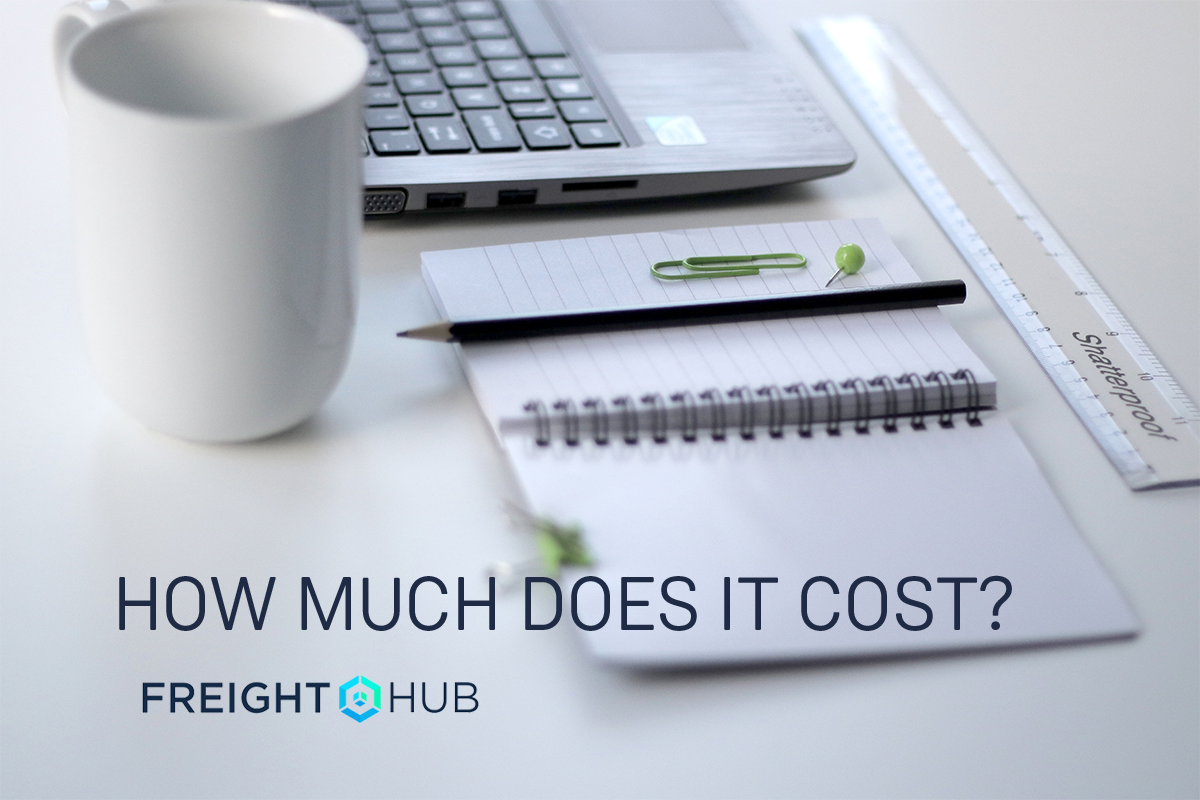Do you know how much it really costs to move your freight? It’s not as easy as one may think. There’s the transportation rate, or rates if more than one mode is used; surcharges; customs duties and taxes and more.
These costs can add up and leave customers scratching their heads in confusion. The numerous charges can indeed cause headaches and for forwarders, successfully collating all the costs can also be difficult.
The various charges have plagued the transportation market for years. But, thanks to improving technology, it is getting easier.
Among the types of costs to be mindful of include the following:
Rates and Surcharges
Without a contract, rates can fluctuate and sometimes be difficult to peg down. Even while a forwarder is negotiating rates with a carrier, the rate can suddenly drop or shoot up, depending on what is currently going on in the market. For example, rates temporarily jumped upon the Hanjin bankruptcy news. According to the Shanghai Shipping Exchange, freight rates between Asia and North America went up nearly 40% in the weeks after Hanjin filed for bankruptcy protection on Aug. 31 in South Korea.
Even those companies with long term contracts can be impacted. To keep the low rates, companies may be told their containers will be rolled which in essence is forcing through a GRI (General Rate Increase).
In addition, surcharges are also applied, contract or no contract. These surcharges can be additional charges for almost anything including fuel, congestion, peak season, destination and even container cleaning.
All modes of transport include some type of surcharge but both the air and ocean freight industries have faced particular scrutiny with the lack of transparency in the various surcharges each applies. It pays to look at all-in pricing as some forwarders lower freight rates while increasing surcharges to goad buyers into thinking they offer a cheaper price.
Transportation Modes
Have you ever paid for air freight service only to find out that your freight was transported by truck? It happens more than you think. Carriers will remind you that you are paying for transit time not for mode but sometimes mode matters. Sensitivity to bumps or temperature may cause some shippers to prefer air or rail to trucking.
Vessel Sharing
Vessel sharing agreements are often signed among members of an ocean alliance. The partners within the alliance agree to operate a liner service along a certain route using a specified number of vessels. The amount of space that each partner gets may vary from port to port and could depend on the number of vessels operated by the different partners. So, the space that is available for loading and discharging at each of the ports of call is shared between the partners.
This may be an efficient means of managing capacity on a particular trade lane but for shippers not knowing what carrier and/or ship its freight is on can be a problem. The Hanjin collapse is a perfect example. Many shippers did not even realize their freight was on a Hanjin ship until it was too late and they had to pay extra money to obtain their freight. Even those forwarders and shippers that specifically did not book with Hanjin were still exposed to the fall out due to these agreements.
Transparency
Transparency of total freight costs has been difficult to achieve until now. FreightHub provides transparency throughout the entire freight shipping process including quotes from various carriers. The database allows users to compare different options based on price, duration and carrier to immediately book the shipment that meets the shippers’ needs. An additional benefit is that freight rates are comparable as surcharges can typically make up a difference of up to 100 USD and up to 150 EUR when it comes to drop-off charges.

Moreover the uncertainty of what mode your freight is traveling by is resolved by FreightHub’s real-time tracking which allows users to find out whether the freight is currently on a vessel or truck, or at a port or on the last mile to final destination.
![]()
Find out more
No more questioning your invoice. With FreightHub, you’ll know exactly what you are paying for in addition of knowing where your freight is at all times thanks to FreightHub’s Cargo Tracking tool. Find out more by visiting our website as well as sign up to receive our newsletter to stay informed on the latest industry trends.








